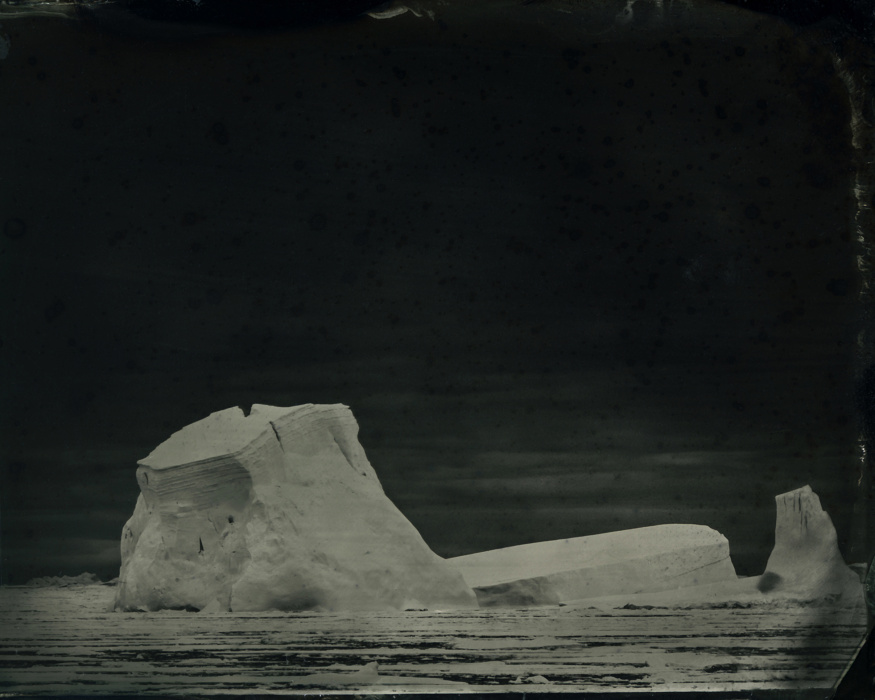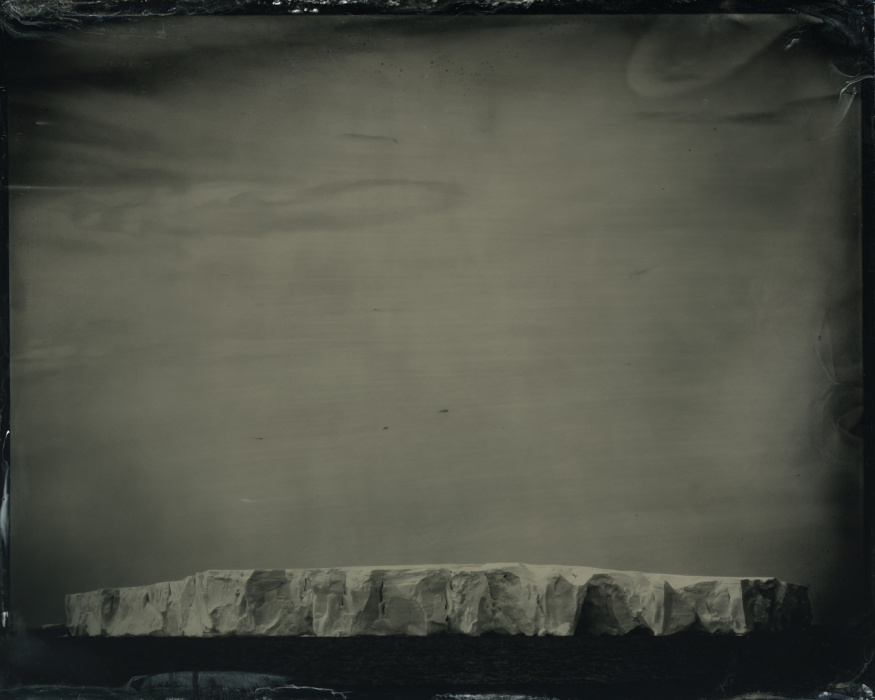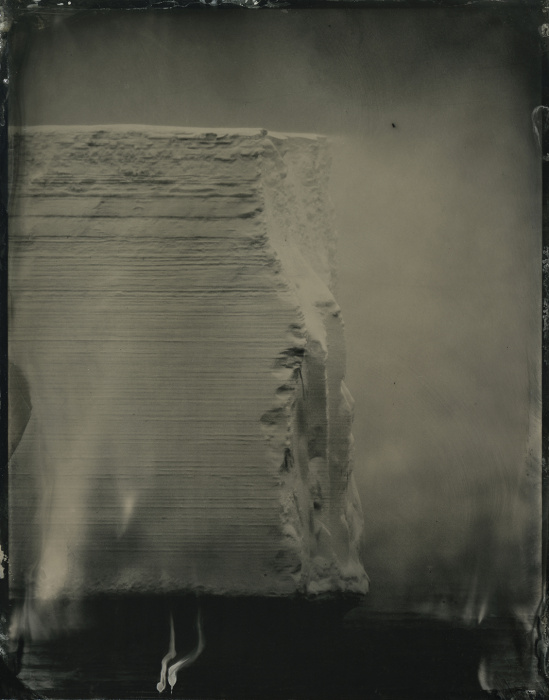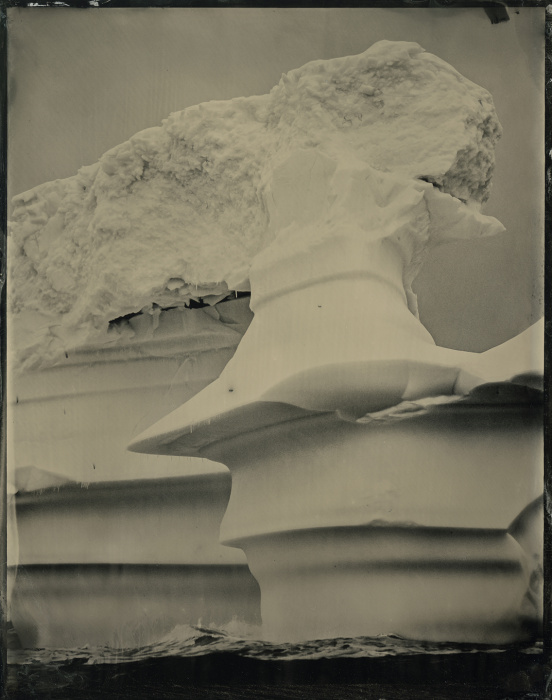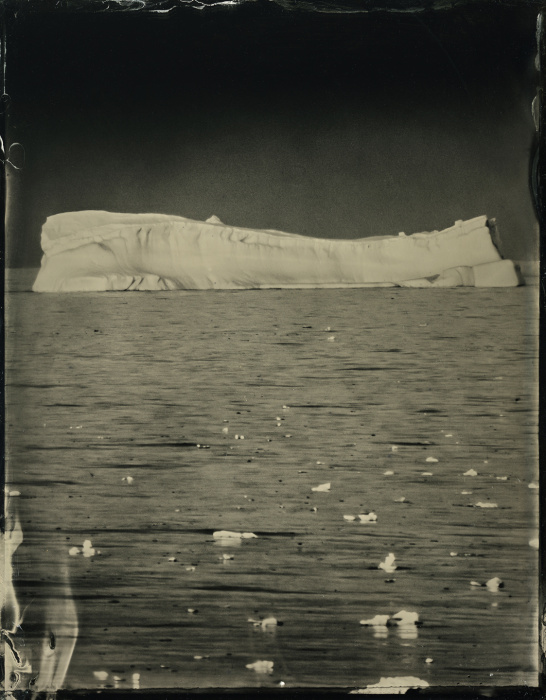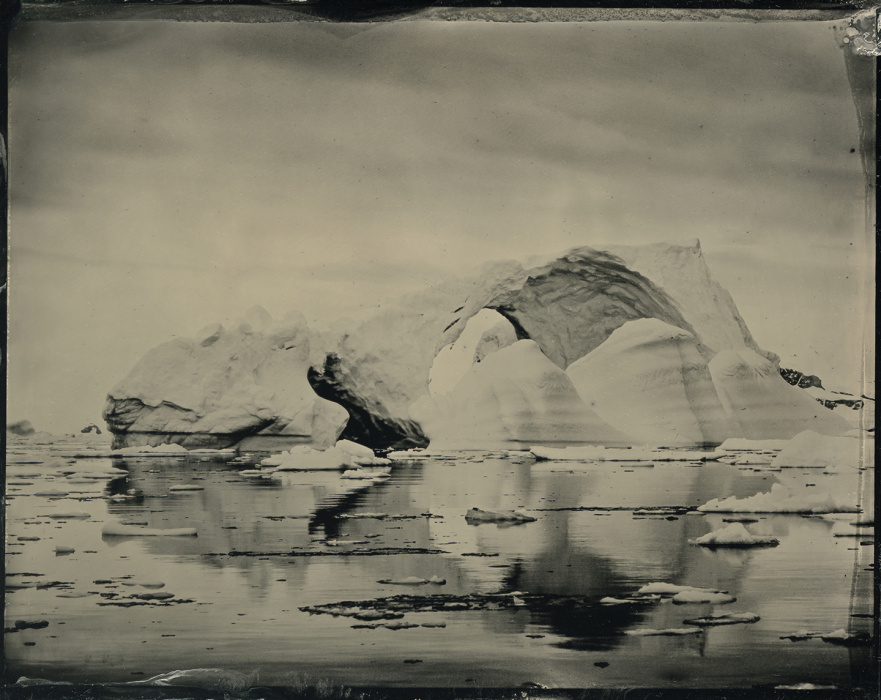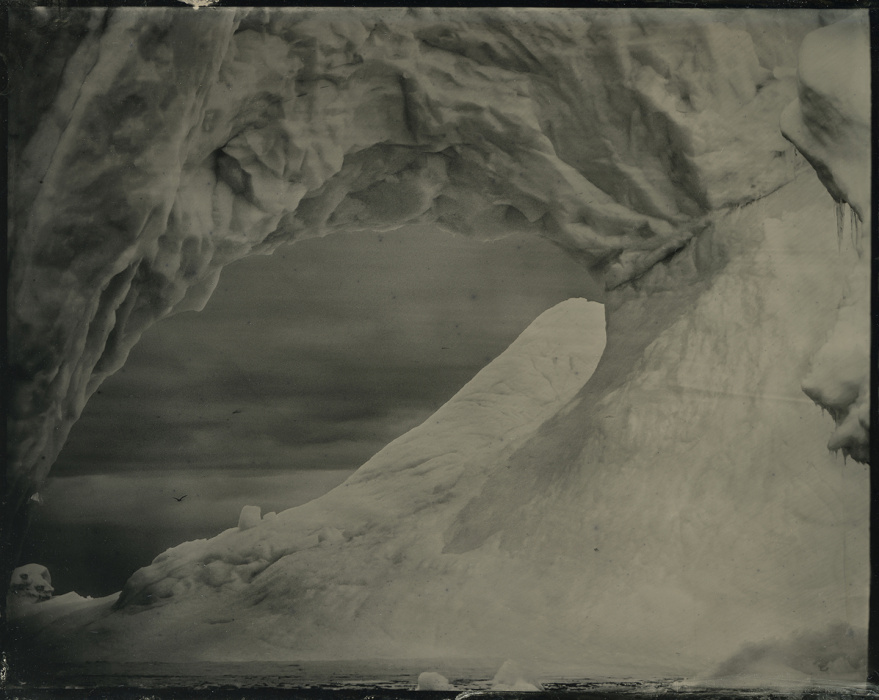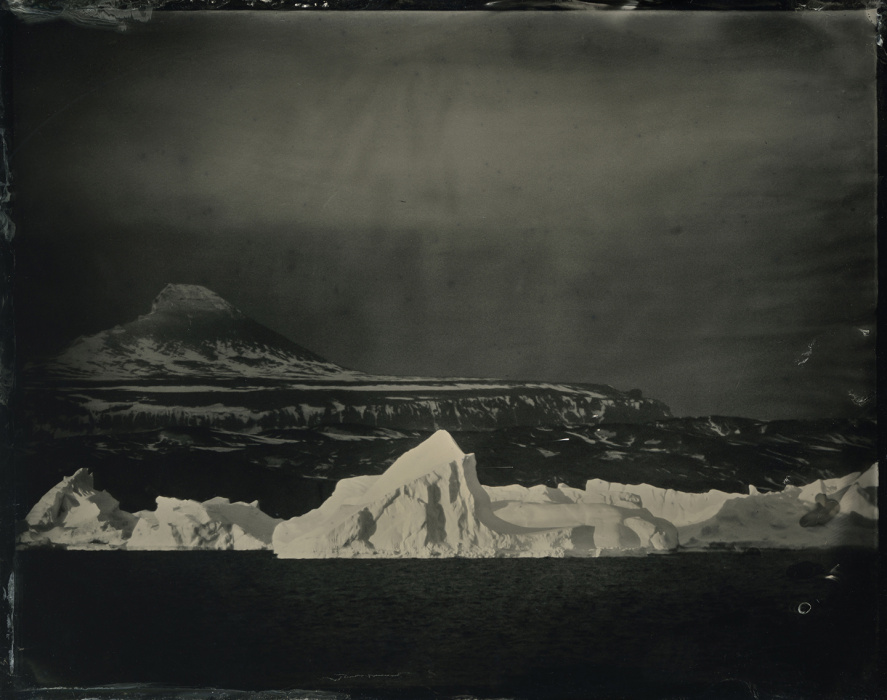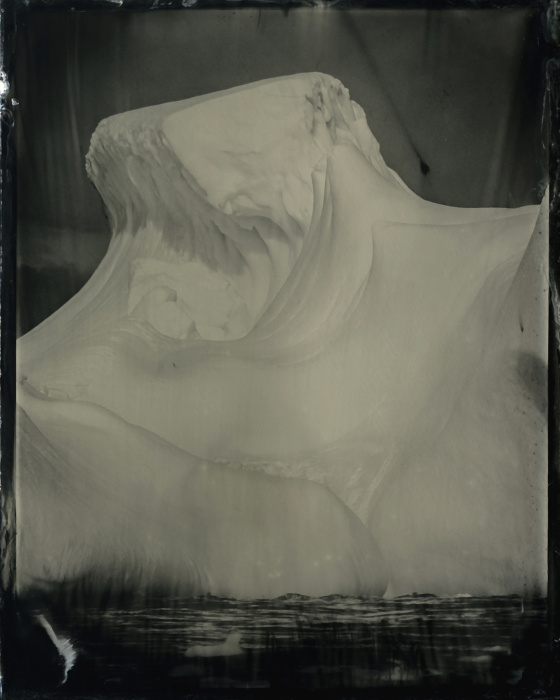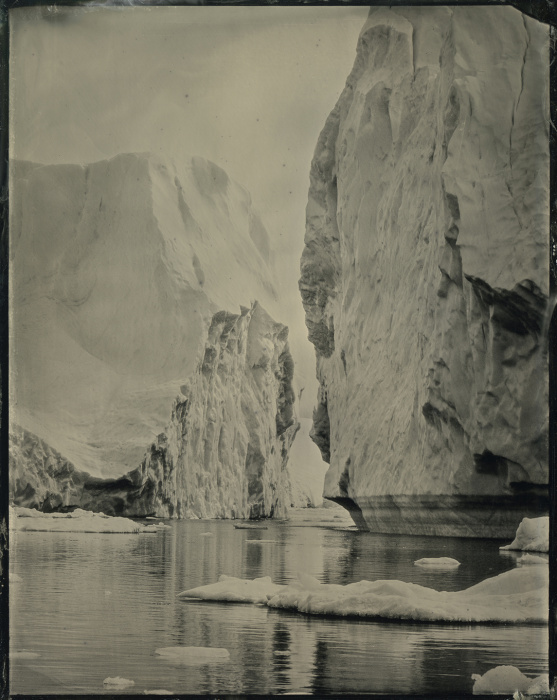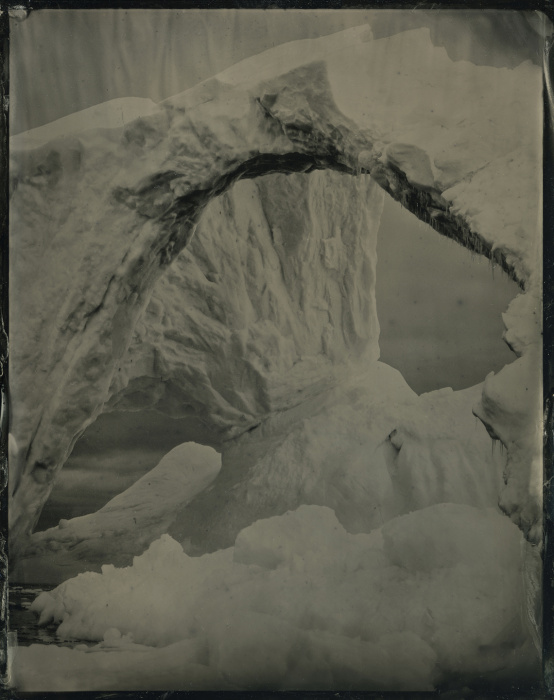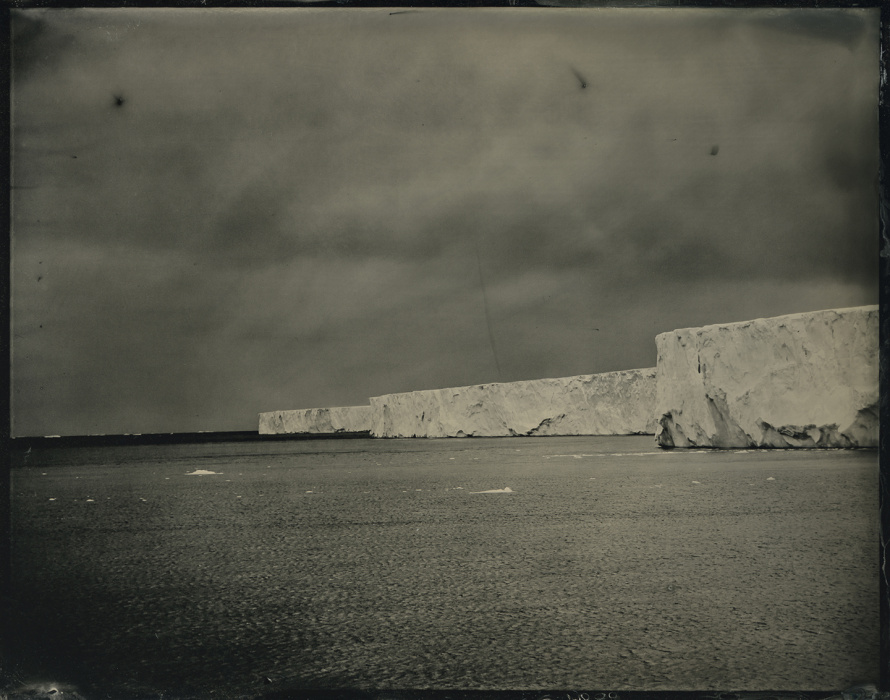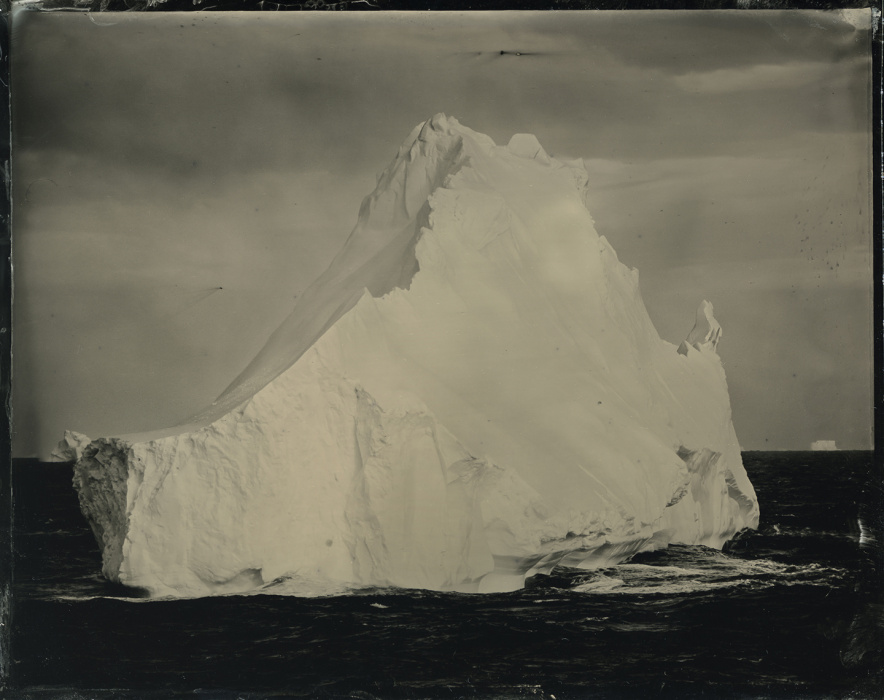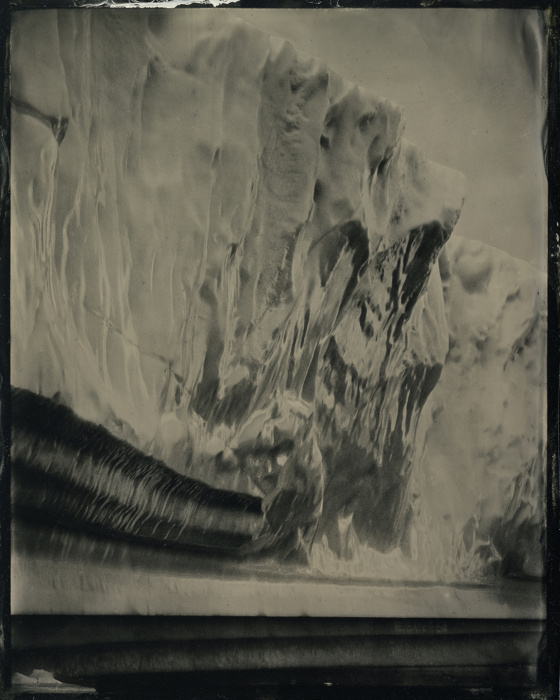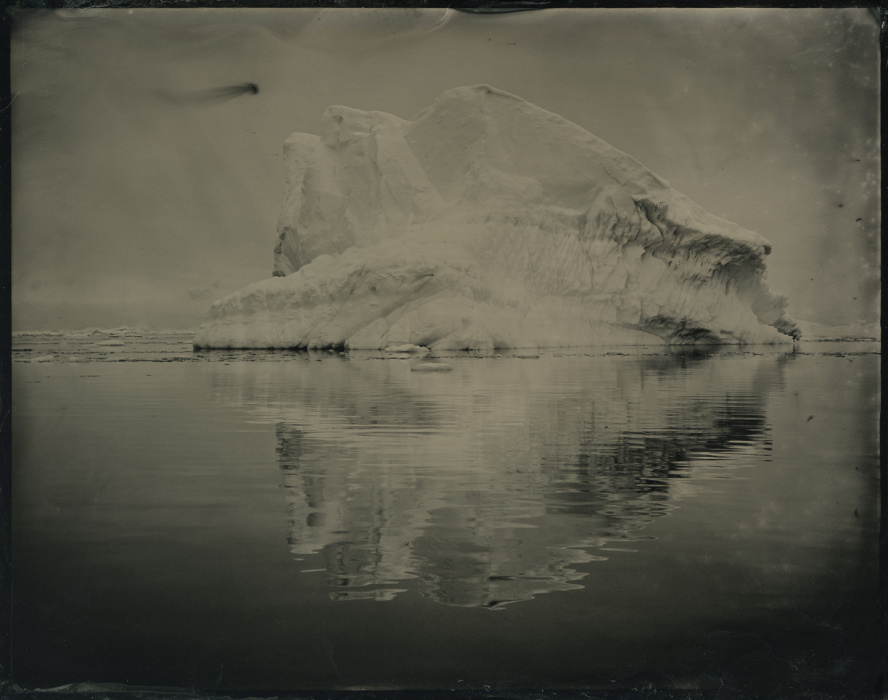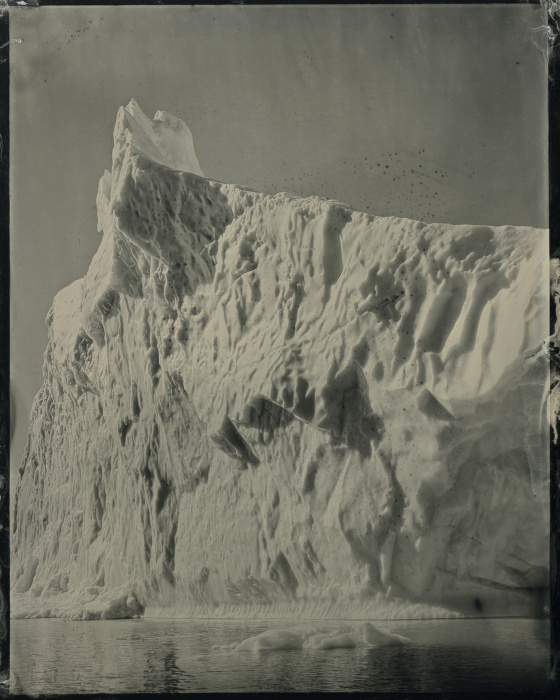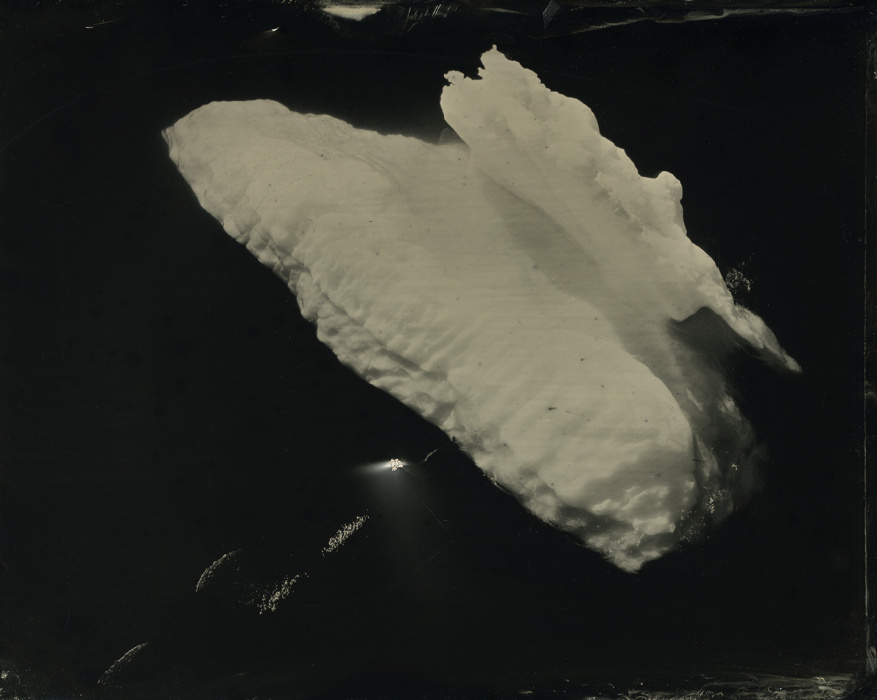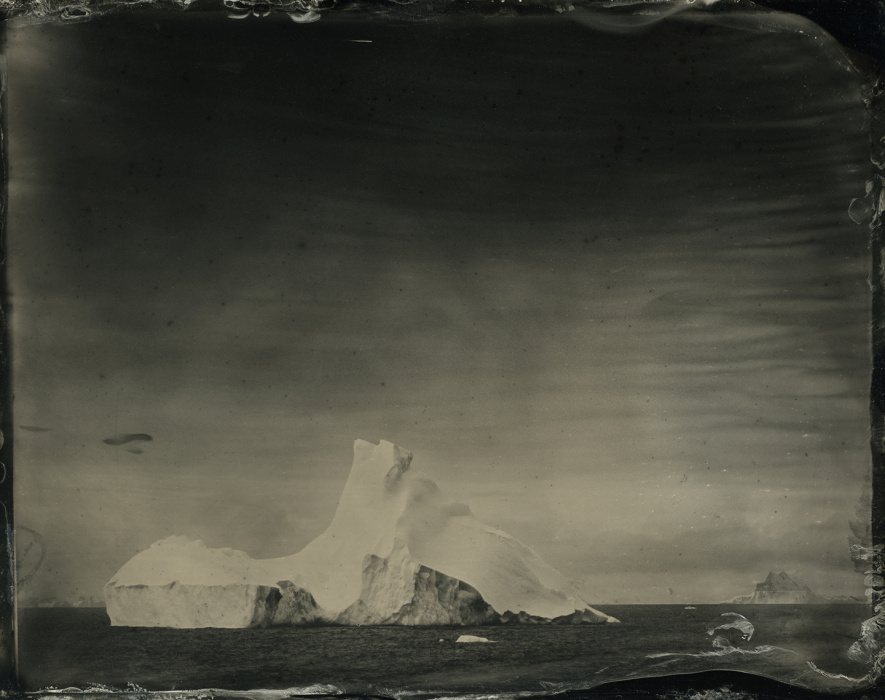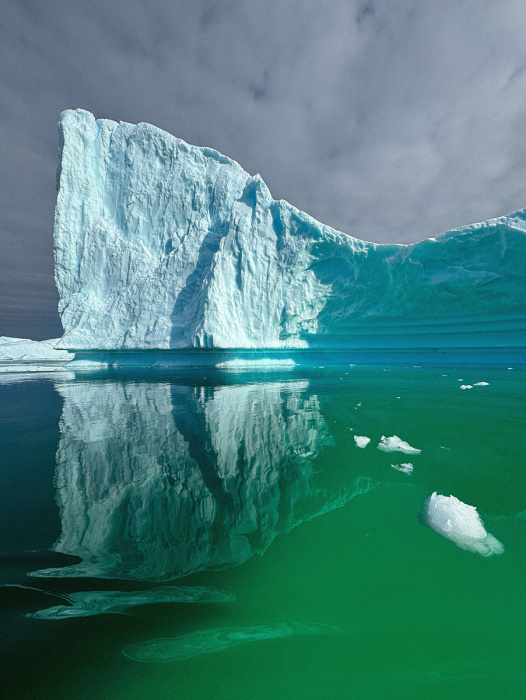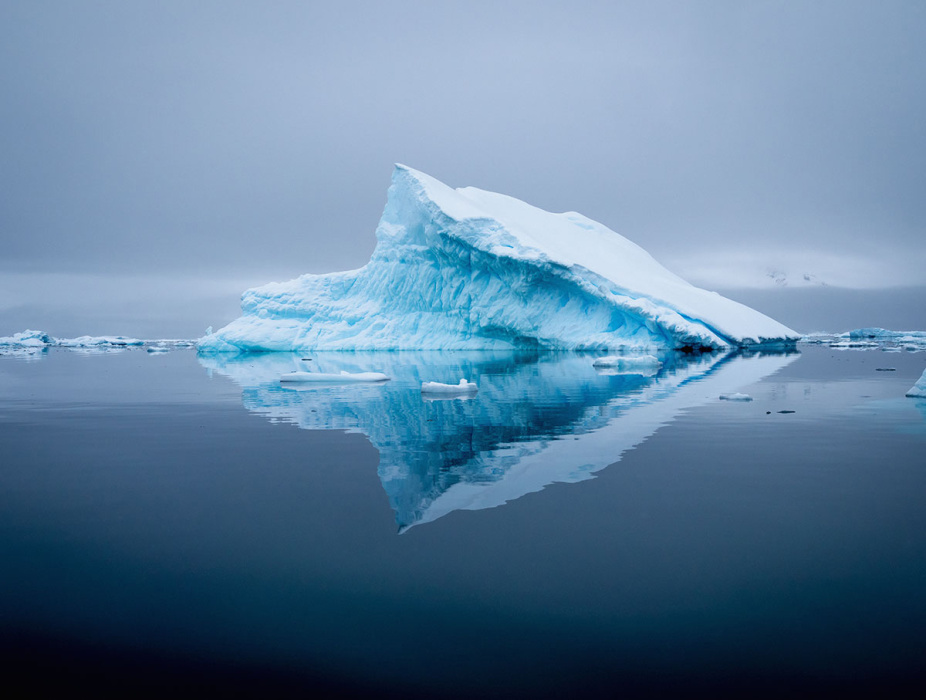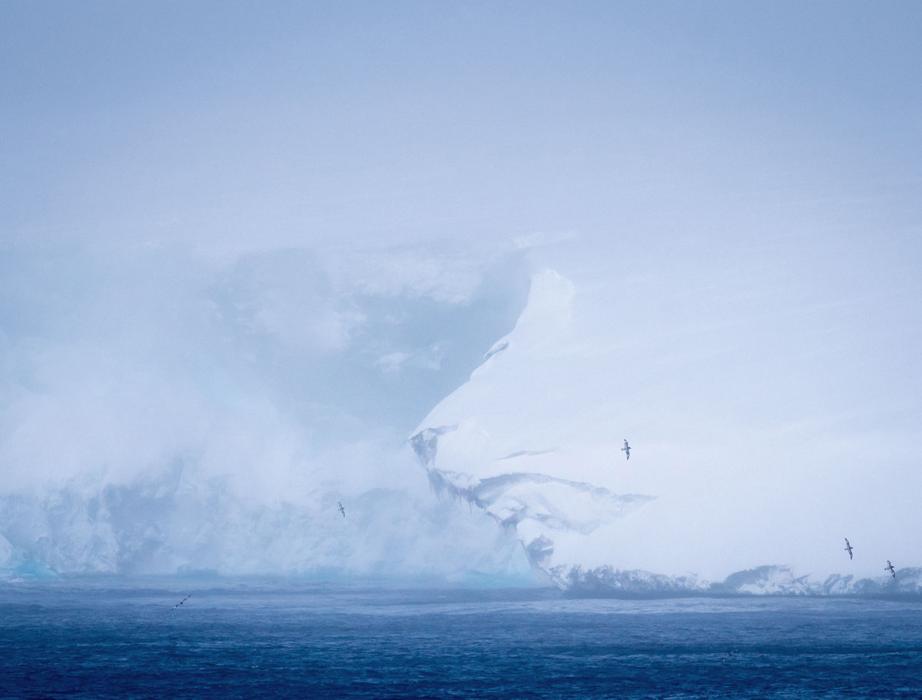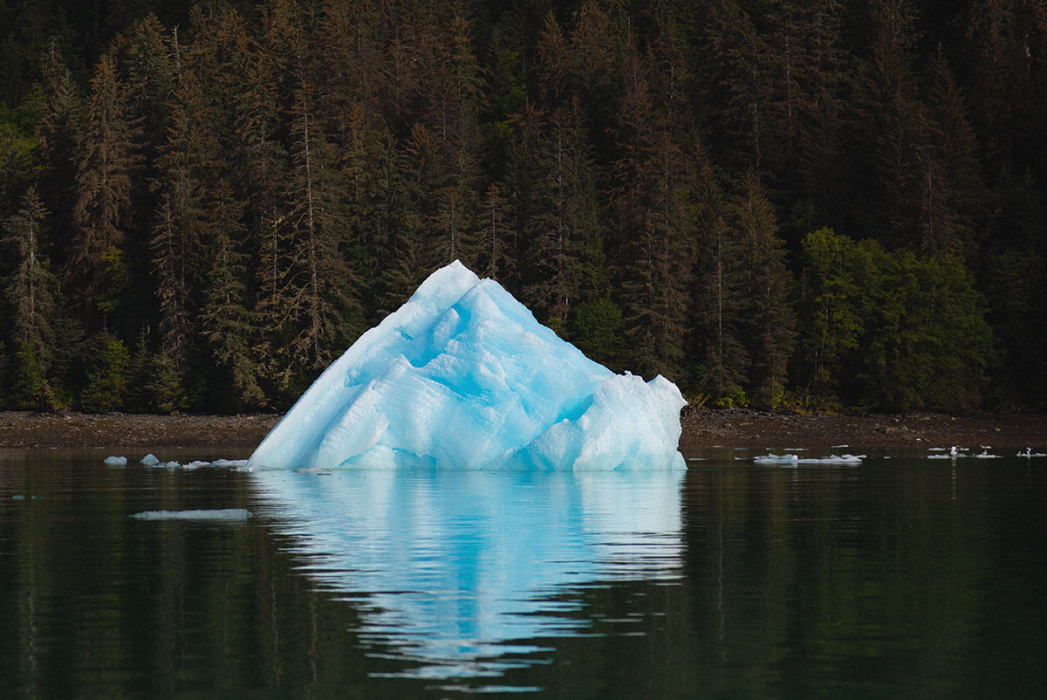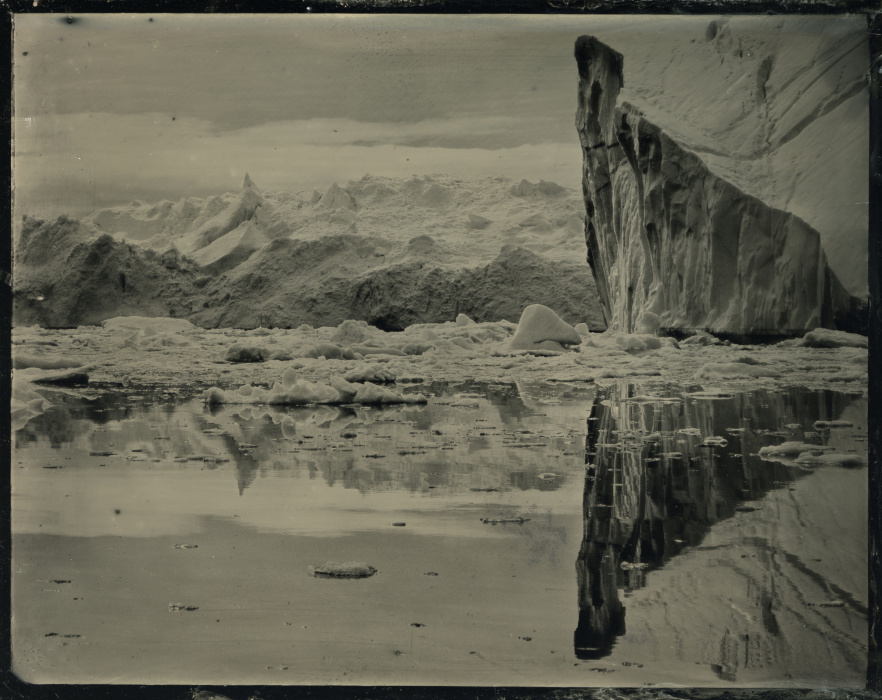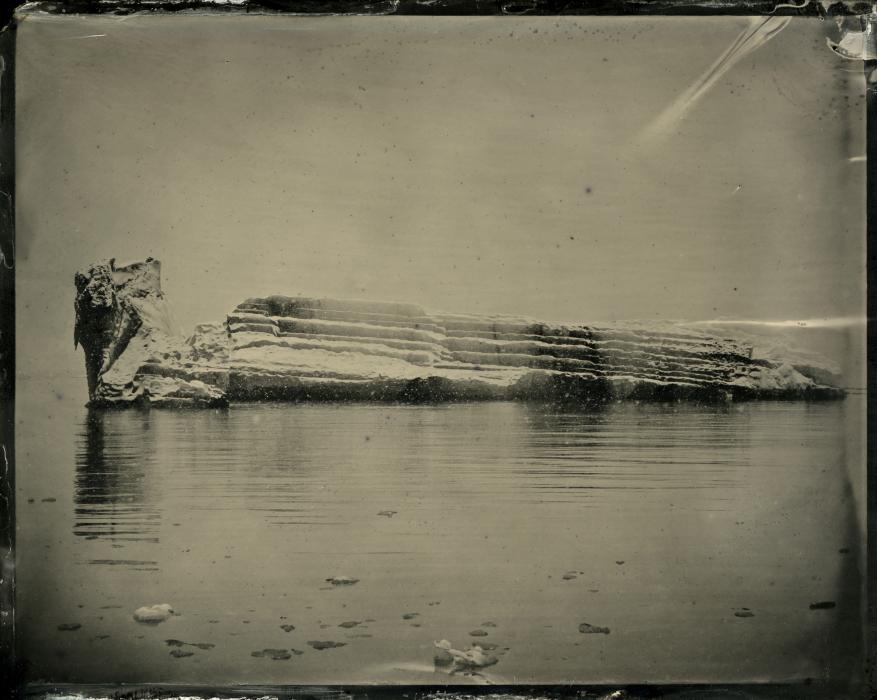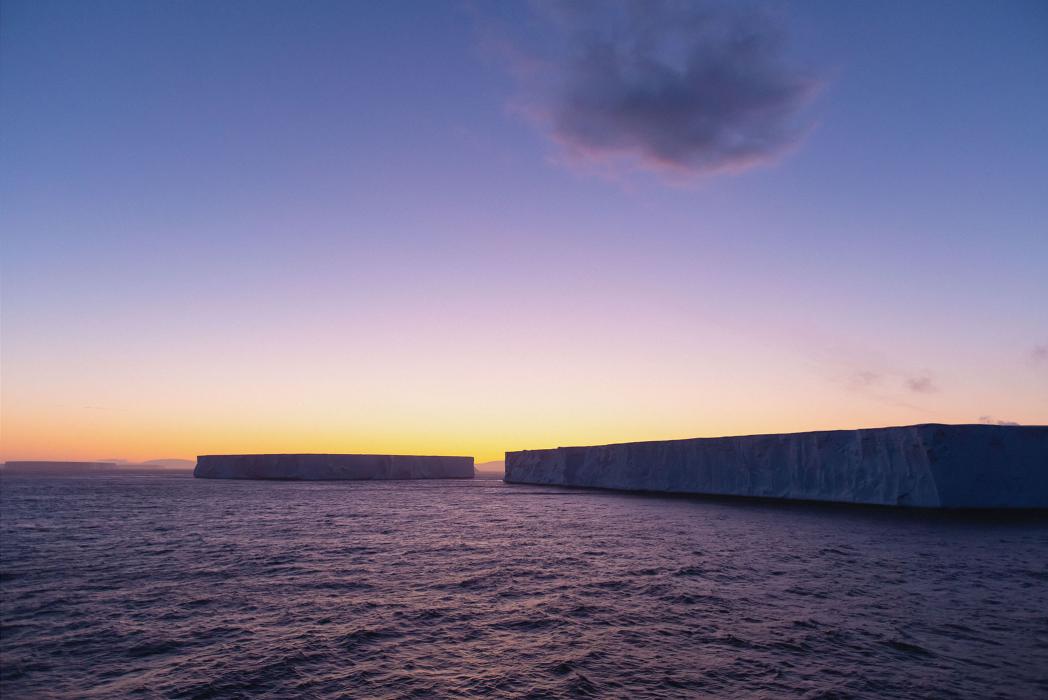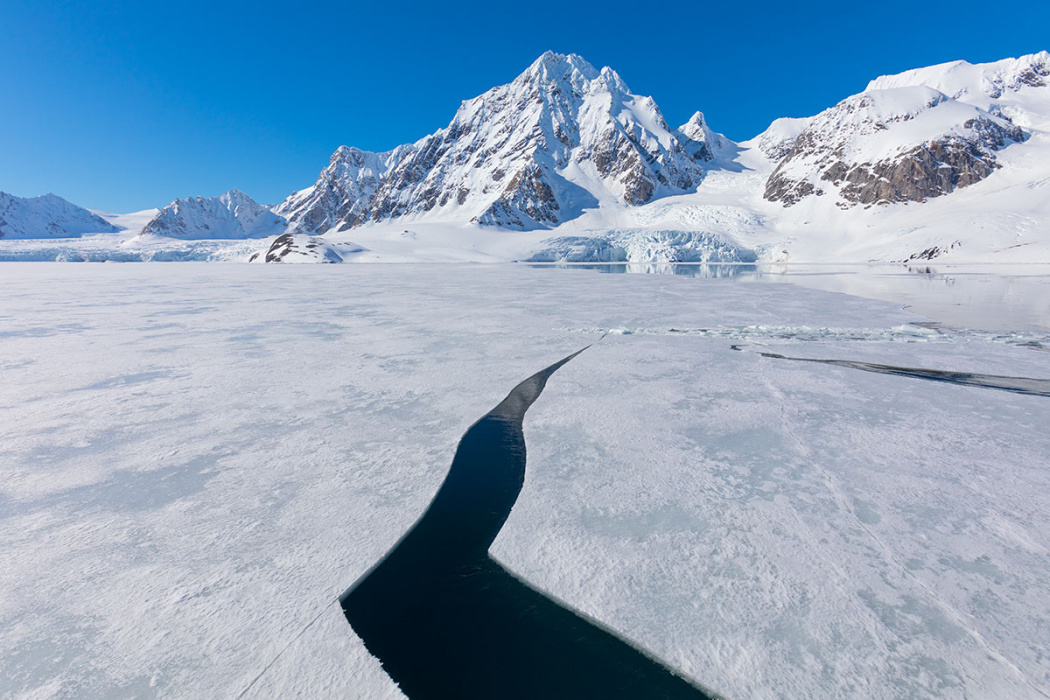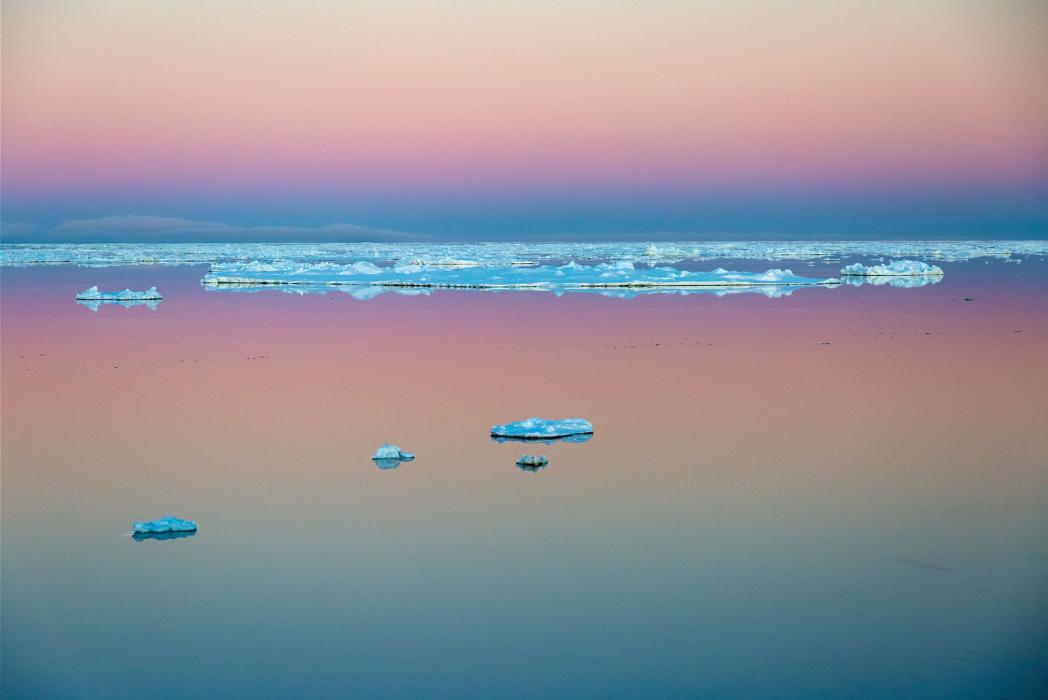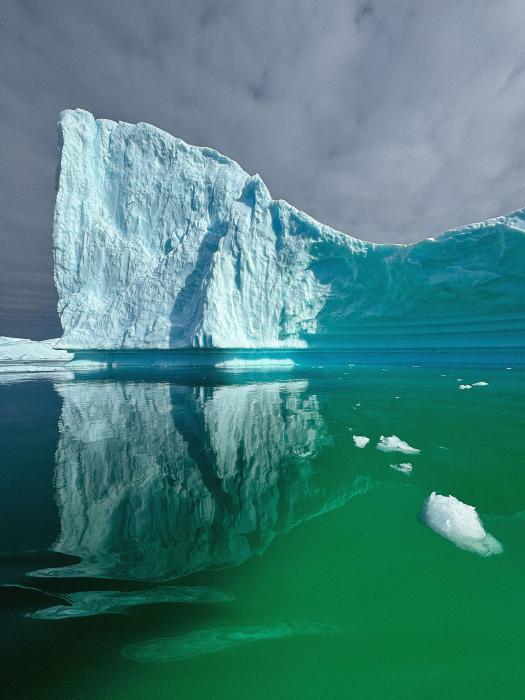Opening Reception:
Saturday, March 8, 2025
3:00 pm - 5:00 pm
RSVP required to info@pdxcontemporaryart.com\
Closing Talk:
Join us for a discussion with artist Susan Seubert and Dr. M Jackson, a geographer, glaciologist, and science communicator exploring the intersections of photography, glaciology, and climate change.
Saturday, March 29, 2025
3:00 pm - 5:00 pm
RSVP required to info@pdxcontemporaryart.com\
___
Susan Seubert
Fragile Beauty
Images of icebergs from the last decade (2014-2024)
While working in the National Geographic Expeditions Program, I made my first trip to the Arctic in 2014. In the summer of 2024, I was on the 396th ship to transit the Northwest Passage, which spans from Western Greenland to Alaska. In the decade between those two trips, I had numerous assignments to other areas of the far north and south including Iceland, Alaska, Svalbard, the Antarctic Peninsula and the sub–Antarctic Islands of South Georgia and the Falkland Islands, (Islas Malvinas).
Traveling with scientists, whose specialties included glaciology, climatology, geology, marine biology, ornithology, and other areas of scientific study, afforded me a unique opportunity to understand and document our planet’s rapidly changing climate.
I have been extremely fortunate to have had these years to travel the globe, not only in the polar regions, but also to equatorial areas where global warming is expressing itself as devastating sea level rise, felt acutely by the people who inhabit low lying islands and atolls.
Icebergs, the offspring of glaciers and ice sheets are a testament to not only the beauty of our planet, but also of how rapidly our global climate is changing. Icebergs are quite simply gorgeous. Each one is a unique sculpture with a cautionary tale. The large color works in this exhibit are a testament to the glory of the frozen landscape. I am often asked if I manipulate my photographs because the colors are difficult to comprehend as an artifact of natural processes. The intensity of the blue color of ice is an indicator of how compact it is, as the visible spectrum of light is only what could escape the chemical bond of oxygen and hydrogen formed from the pressure of compacted snow over time.
Their color is often monochromatic, either white or blue, and sometimes includes striations of black, indicating that the berg came from land. As these rivers of ice descended under the force of gravity towards the sea, they scraped away mountains and formed massive fjords then cleaved off as icebergs into the ocean.
Since this collection of images spans a decade, many of the icebergs shown are long gone, broken up as the fresh water from their demise has been added to our world’s saltwater oceans, changing the fragile balance of Earth’s ecosystems.
The small ambrotype pieces in this show are made of glass, a fragile material, sharp and clear. The black and white tones reduce the icebergs to shapes and compositions, removing the nuance of color. The small size forces the viewer to come close to the work to examine the details of the ice. These diminutive pieces ask the viewer to slow down and leave behind the frenetic pace with which we now consume images. Let us take a moment to appreciate the fragile beauty of this planet we call home.
